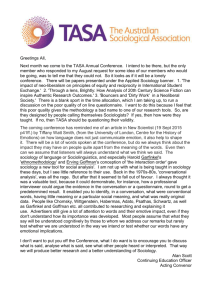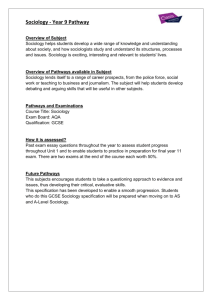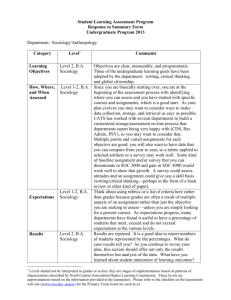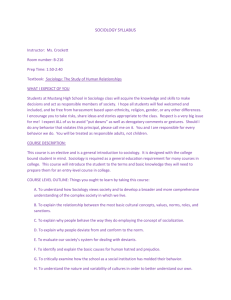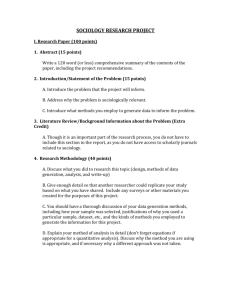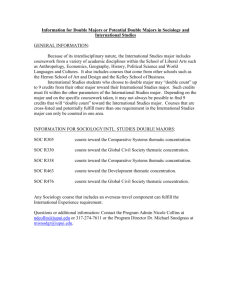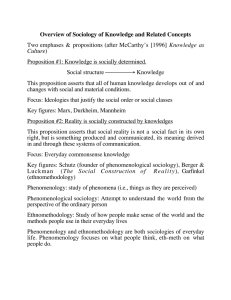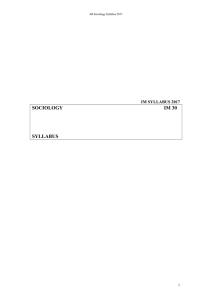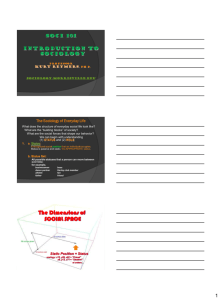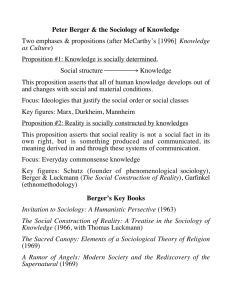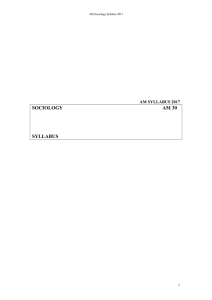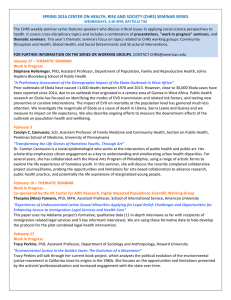Word - TASA
advertisement
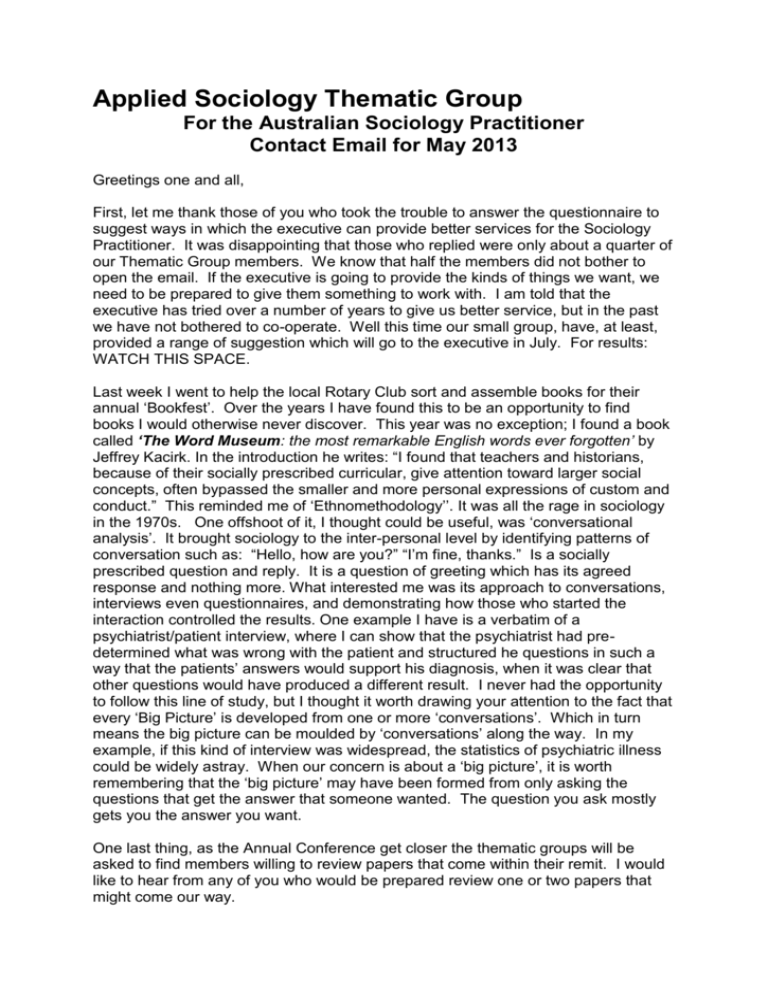
Applied Sociology Thematic Group For the Australian Sociology Practitioner Contact Email for May 2013 Greetings one and all, First, let me thank those of you who took the trouble to answer the questionnaire to suggest ways in which the executive can provide better services for the Sociology Practitioner. It was disappointing that those who replied were only about a quarter of our Thematic Group members. We know that half the members did not bother to open the email. If the executive is going to provide the kinds of things we want, we need to be prepared to give them something to work with. I am told that the executive has tried over a number of years to give us better service, but in the past we have not bothered to co-operate. Well this time our small group, have, at least, provided a range of suggestion which will go to the executive in July. For results: WATCH THIS SPACE. Last week I went to help the local Rotary Club sort and assemble books for their annual ‘Bookfest’. Over the years I have found this to be an opportunity to find books I would otherwise never discover. This year was no exception; I found a book called ‘The Word Museum: the most remarkable English words ever forgotten’ by Jeffrey Kacirk. In the introduction he writes: “I found that teachers and historians, because of their socially prescribed curricular, give attention toward larger social concepts, often bypassed the smaller and more personal expressions of custom and conduct.” This reminded me of ‘Ethnomethodology’’. It was all the rage in sociology in the 1970s. One offshoot of it, I thought could be useful, was ‘conversational analysis’. It brought sociology to the inter-personal level by identifying patterns of conversation such as: “Hello, how are you?” “I’m fine, thanks.” Is a socially prescribed question and reply. It is a question of greeting which has its agreed response and nothing more. What interested me was its approach to conversations, interviews even questionnaires, and demonstrating how those who started the interaction controlled the results. One example I have is a verbatim of a psychiatrist/patient interview, where I can show that the psychiatrist had predetermined what was wrong with the patient and structured he questions in such a way that the patients’ answers would support his diagnosis, when it was clear that other questions would have produced a different result. I never had the opportunity to follow this line of study, but I thought it worth drawing your attention to the fact that every ‘Big Picture’ is developed from one or more ‘conversations’. Which in turn means the big picture can be moulded by ‘conversations’ along the way. In my example, if this kind of interview was widespread, the statistics of psychiatric illness could be widely astray. When our concern is about a ‘big picture’, it is worth remembering that the ‘big picture’ may have been formed from only asking the questions that get the answer that someone wanted. The question you ask mostly gets you the answer you want. One last thing, as the Annual Conference get closer the thematic groups will be asked to find members willing to review papers that come within their remit. I would like to hear from any of you who would be prepared review one or two papers that might come our way. Alan Scott Convenor


